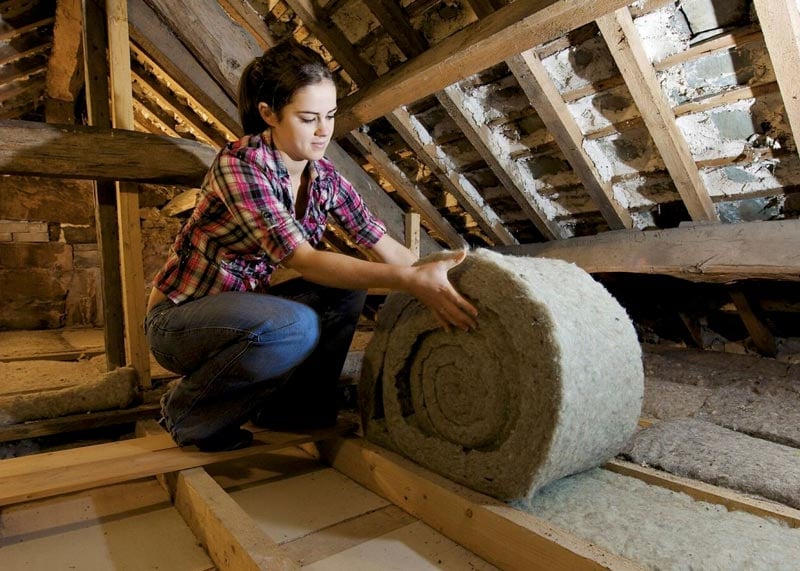For owners of period properties or listed buildings, upgrading to triple glazing can be an attractive option to improve comfort and sustainability.
However, there are several factors to consider when retrofitting historic buildings with modern window technology, including preservation of architectural integrity, compliance with legal regulations and material compatibility. This guide explores the benefits of triple glazing for period properties, key considerations to keep in mind, and practical advice on how to approach this upgrade while preserving the unique character of historic buildings.
Benefits of triple glazing in period properties
Improved energy efficiency
One of the primary advantages of triple glazing is its ability to significantly reduce heat loss. Older properties, especially those with original windows, can lose up to 40% of their heat through windows. Triple glazing features three panes of glass with insulating layers of gas (like argon or krypton) between them, which minimises heat transfer. This not only helps maintain a comfortable temperature indoors but also reduces heating bills and lowers the building’s carbon footprint, making your home more eco-friendly.
Enhanced acoustic insulation
Period properties are often located in busy areas, especially in urban settings, where noise pollution can be an issue. Triple glazing provides superior soundproofing compared to single or double glazing due to the additional pane of glass and thicker insulation gaps. This is particularly beneficial for homes near busy roads, airports, or other noise sources.
Increased thermal comfort
Triple glazing reduces cold spots and draughts around windows, helping to create a more consistent and comfortable indoor climate. For period properties that may struggle with retaining warmth due to older construction techniques, this can be a game changer, improving year-round comfort.

Considerations for listed buildings and period properties
1. Planning permission and regulations
One of the most critical aspects of installing triple glazing in a period property or listed building is ensuring compliance with local building regulations and planning laws. In many regions, listed buildings are subject to strict rules that protect their architectural integrity. Window replacements may require special planning permission, and in some cases, conservation officers may prefer repairs to existing windows rather than replacements.
Before proceeding with any installation, it is essential to consult with local authorities or heritage conservation bodies to determine whether you need planning permission or listed building consent. They may provide specific guidelines on materials, window style, and installation methods that ensure the character of the building is maintained.
2. Retaining architectural integrity
One of the challenges of adding triple glazing to period properties is maintaining the building’s aesthetic appeal. Many period homes have distinctive window designs, such as sash windows or leaded lights, which are integral to the building’s character. Modern triple-glazed windows can be custom-made to match the style of the original windows, but care must be taken to ensure the new installation blends seamlessly with the existing architecture.
Timber frames, for example, may be a requirement in historic properties to maintain authenticity. Fortunately, there are now high-quality timber triple-glazed windows available that replicate the look of traditional windows while offering modern performance benefits.
3. Weight and structural impact
Triple glazing is heavier than single or double glazing, which can pose challenges for older window frames and supporting structures. It’s important to assess whether the existing window frames can support the additional weight without compromising the building’s structural integrity. In some cases, frames may need to be reinforced, or new ones installed to accommodate the extra load.
Working with a specialist, like Mitchell & Dickinson, who understand both period architecture and modern glazing technology is crucial to ensure that the building’s structure remains sound while achieving the desired upgrade.
5. Alternatives to full replacement
In some cases, full replacement of windows with triple glazing may not be feasible or allowed due to conservation regulations. However, there are alternative solutions, such as Mitchell & Dickinson’s CosyGlazing secondary glazing, where an additional pane of glass is installed on the inside of the existing window frame. This can provide some of the thermal and acoustic benefits of triple glazing without altering the appearance of the original windows.
Practical tips for installing triple glazing to a period property
Start by consulting conservation officers, heritage bodies and window specialists early in the planning process. Their guidance will ensure that your triple glazing plans comply with local regulations and respect the historical significance of your building. It’s essential to work with manufacturers, like Mitchell & Dickinson, who offer custom-made triple-glazed windows tailored to period properties. Bespoke windows will maintain the aesthetic integrity of your home while providing modern energy efficiency benefits.
When selecting materials, opt for traditional options such as timber frames that align with the original design of your property. Many modern timber frames offer excellent energy efficiency without compromising the building’s character. If full window replacement isn’t feasible, consider secondary glazing, like CosyGlazing, as an alternative to improve insulation and soundproofing without altering the original windows. Additionally, ensure that the window frames can support the weight of triple glazing, and consult structural experts if necessary to prevent damage to the building’s fabric.










